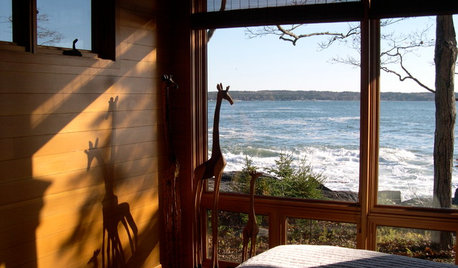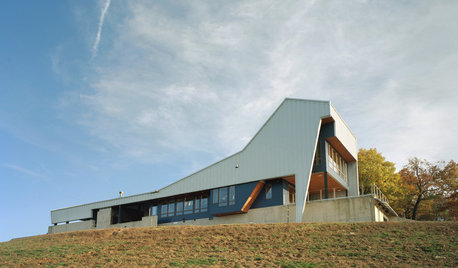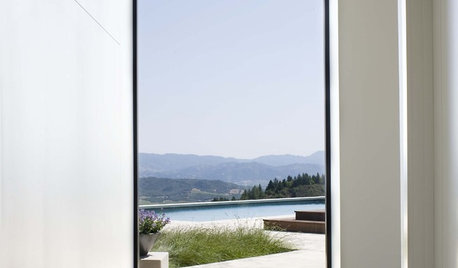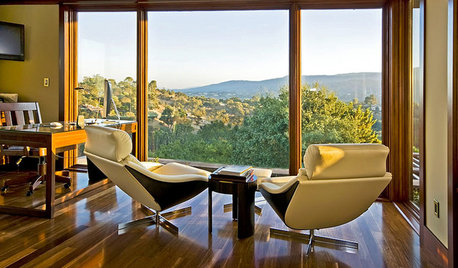To Vista or Not to Vista
jerry_nj
17 years ago
Related Stories

BEDROOMS9 Beautiful Bedroom Views Shared by Houzzers
See great vistas throughout the U.S. and Canada, with stories and details from the homeowners
Full Story
HOUZZ TOURSMy Houzz: Lake Views Lead a Luxury Vermont Home
An idyllic waterfront vista, an indoor sauna and a four-star game room keep wintertime cabin fever in check for two Russian expats
Full Story
PHOTO FLIP71 Dream Bathtub Views
Soak in the sights with this collection of tantalizing tubs and inspiring vistas
Full Story
LANDSCAPE DESIGNHow to Look Good From Any Angle (the Garden Edition)
Does your garden pique interest from one vista but fall flat from another? These tips and case-study landscapes can help
Full Story
LANDSCAPE DESIGNLet Nature Inspire Your Landscape: Mighty Mountain Gardens
Bring an alpine vista to your yard by tucking resilient plants and flowers into rocky garden nooks
Full Story
HOUZZ TOURSHouzz Tour: A Hillside Home Commands Attention and Views
Striking for its almost alien form, this asymmetrical Arkansas home makes the most of metal panels and sweeping vistas
Full Story
GARDENING AND LANDSCAPING11 Seductive Landscapes That Lure With Less
Go ahead, lead them on. Offering just a peek of alluring paths and tantalizing vistas can make for a most enticing garden
Full Story
HOUZZ TOURSHouzz Tour: Stellar Views Spark a Loft's New Layout
A fantastic vista of the city skyline, along with the need for better efficiency and storage, lead to a Houston loft's renovation
Full Story
THE ART OF ARCHITECTUREArchitect's Toolbox: Partner a Window With Its View
Vistas meet their match with windows that consider the scenery and the overall feel of a home
Full Story
DINING ROOMS13 Dream Dining Room Views
See how architects incorporated stunning vistas in their dining room designs
Full Story


mikie_gw
owbist
Related Discussions
Last Mother's Day Open Garden and Sale at EuroDesert
Q
Last Mother's Day Open Garden and Sale at EuroDesert
Q
Is this a good laptop to buy? Ready to ditch DH's vista laptop
Q
Which Email service to use with Vista?
Q
owbist
genes
jerry_njOriginal Author
asolo
ross939
jerry_njOriginal Author
albert_135 39.17°N 119.76°W 4695ft.
mikie_gw
gipster
owbist
marthapartha
Jonesy
ross939